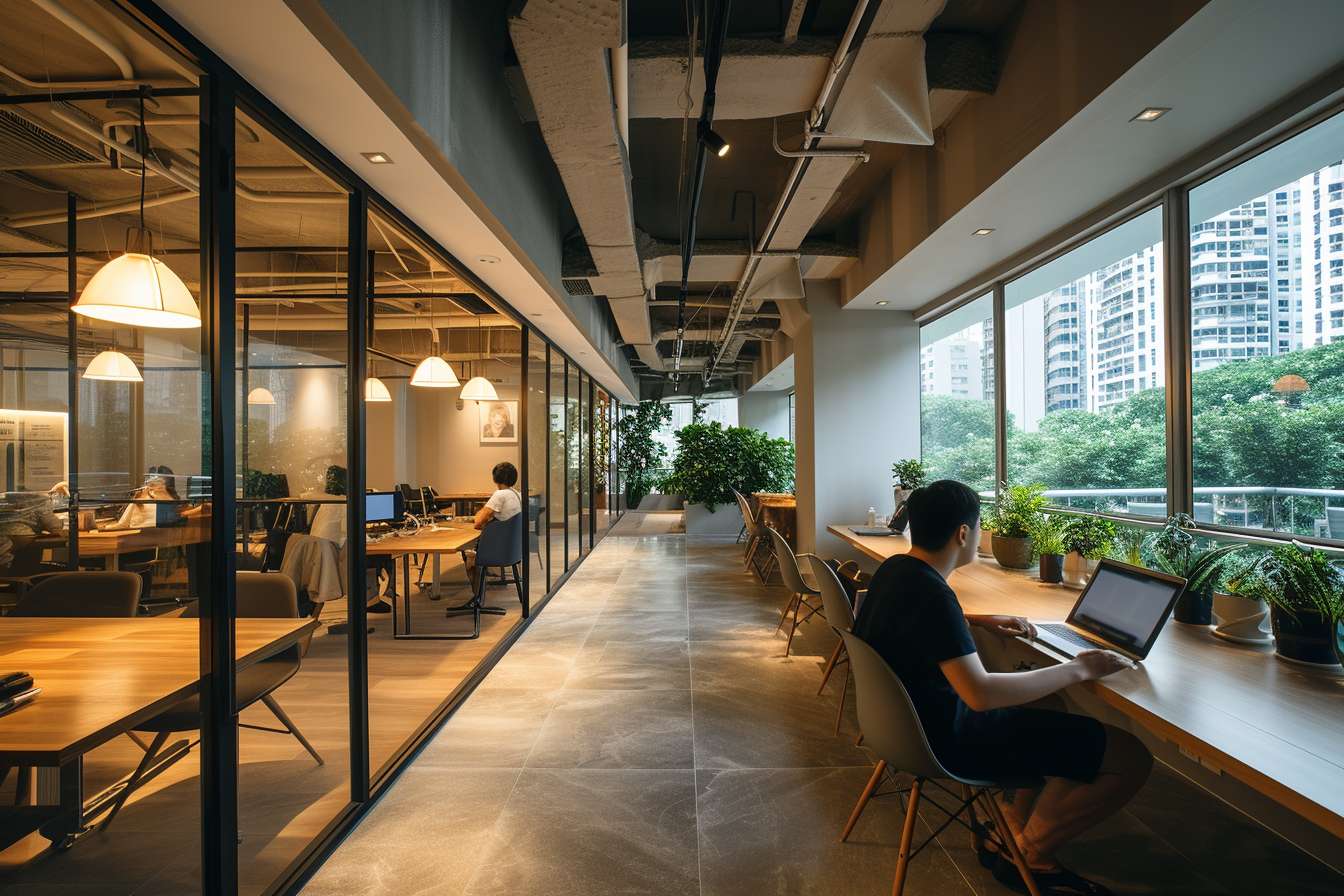Office Spaces: Formats, Conditions, and Modern Market Trends
The modern office space landscape has undergone significant transformation in recent years, driven by changing work patterns, technological advances, and evolving business needs. Today's organizations have access to diverse office formats, from traditional private offices to flexible coworking environments, each offering unique advantages depending on company size, culture, and operational requirements. Understanding the various options, rental conditions, and market trends helps businesses make informed decisions about their workspace investments.

What Are the Main Criteria for Choosing Office Space?
When selecting office space, location remains the most critical factor influencing both employee satisfaction and business success. Companies prioritize areas with strong transport access, ensuring employees can commute efficiently via public transportation, major highways, or walkable routes. Infrastructure quality encompasses reliable internet connectivity, adequate electrical systems, and modern building amenities that support daily operations.
Beyond basic requirements, businesses evaluate neighborhood characteristics, proximity to clients, suppliers, and complementary services. The surrounding area’s reputation, safety levels, and access to restaurants, banks, and other conveniences significantly impact the decision-making process. Companies also consider future expansion possibilities and lease flexibility to accommodate growth or downsizing needs.
Modern Formats: Open Space, Coworking, and Private Offices
Contemporary office formats cater to diverse work styles and organizational structures. Open space designs promote collaboration and communication while maximizing floor space efficiency. These layouts typically feature minimal physical barriers, shared work areas, and flexible furniture arrangements that can adapt to changing team configurations.
Coworking spaces have gained popularity among startups, freelancers, and established companies seeking flexibility. These environments provide shared facilities, networking opportunities, and reduced overhead costs while offering professional amenities like meeting rooms, high-speed internet, and reception services. Many coworking spaces operate on membership models with various access levels and pricing tiers.
Private offices remain essential for businesses requiring confidentiality, focused work environments, or traditional corporate settings. These spaces offer complete control over layout, security, and branding while providing dedicated areas for sensitive meetings and concentrated tasks.
What Are the Rental Conditions and Price Categories?
Office rental agreements vary significantly based on location, format, and included services. Traditional leases typically require longer commitments, ranging from three to ten years, with specific terms regarding maintenance responsibilities, utility costs, and modification permissions. Flexible office arrangements often offer month-to-month options or shorter-term contracts with premium pricing for increased flexibility.
Price categories generally correlate with location prestige, building quality, and included amenities. Premium spaces in central business districts command higher rates but offer superior infrastructure, professional services, and prestigious addresses. Suburban locations provide cost savings while maintaining accessibility and modern facilities.
| Office Type | Provider Example | Monthly Cost Range (per person) |
|---|---|---|
| Traditional Private Office | Various Commercial Real Estate | $300-800 |
| Coworking Space | WeWork, Regus | $200-600 |
| Flexible Office | Spaces, IWG | $250-700 |
| Virtual Office | Regus, Davinci | $50-200 |
Prices, rates, or cost estimates mentioned in this article are based on the latest available information but may change over time. Independent research is advised before making financial decisions.
Understanding Office Infrastructure Requirements
Modern office infrastructure extends beyond basic utilities to encompass comprehensive business support systems. Meeting rooms equipped with video conferencing technology, presentation equipment, and comfortable seating arrangements facilitate client interactions and team collaborations. These spaces often require advance booking systems and may incur additional hourly charges.
Relaxation areas contribute to employee wellbeing and productivity by providing spaces for informal interactions, breaks, and stress relief. Many contemporary offices feature kitchens, lounge areas, game rooms, or outdoor terraces that support work-life balance and team building activities.
Parking availability significantly impacts office desirability, particularly in urban areas where spaces are limited and expensive. Some locations include parking in rental agreements, while others require separate arrangements or rely on public parking facilities.
Cities and Districts with High Office Space Demand
Major metropolitan areas consistently demonstrate strong demand for quality office space, with central business districts leading in both occupancy rates and rental prices. Financial centers, technology hubs, and government districts typically experience the highest competition for premium locations.
Emerging business districts often provide attractive alternatives with modern buildings, competitive pricing, and improved accessibility. These areas frequently offer better value propositions while maintaining professional environments and growth potential.
Secondary markets in suburban locations have gained attention as companies seek cost-effective solutions without sacrificing quality. These areas often provide larger spaces, parking availability, and modern amenities at reduced costs compared to downtown alternatives.
The office space market continues evolving to meet changing business needs, technological requirements, and workforce expectations. Companies benefit from carefully evaluating their specific requirements against available options, considering both immediate needs and future growth plans. Understanding market trends, pricing structures, and location advantages enables informed decisions that support long-term business success while optimizing operational costs and employee satisfaction.




